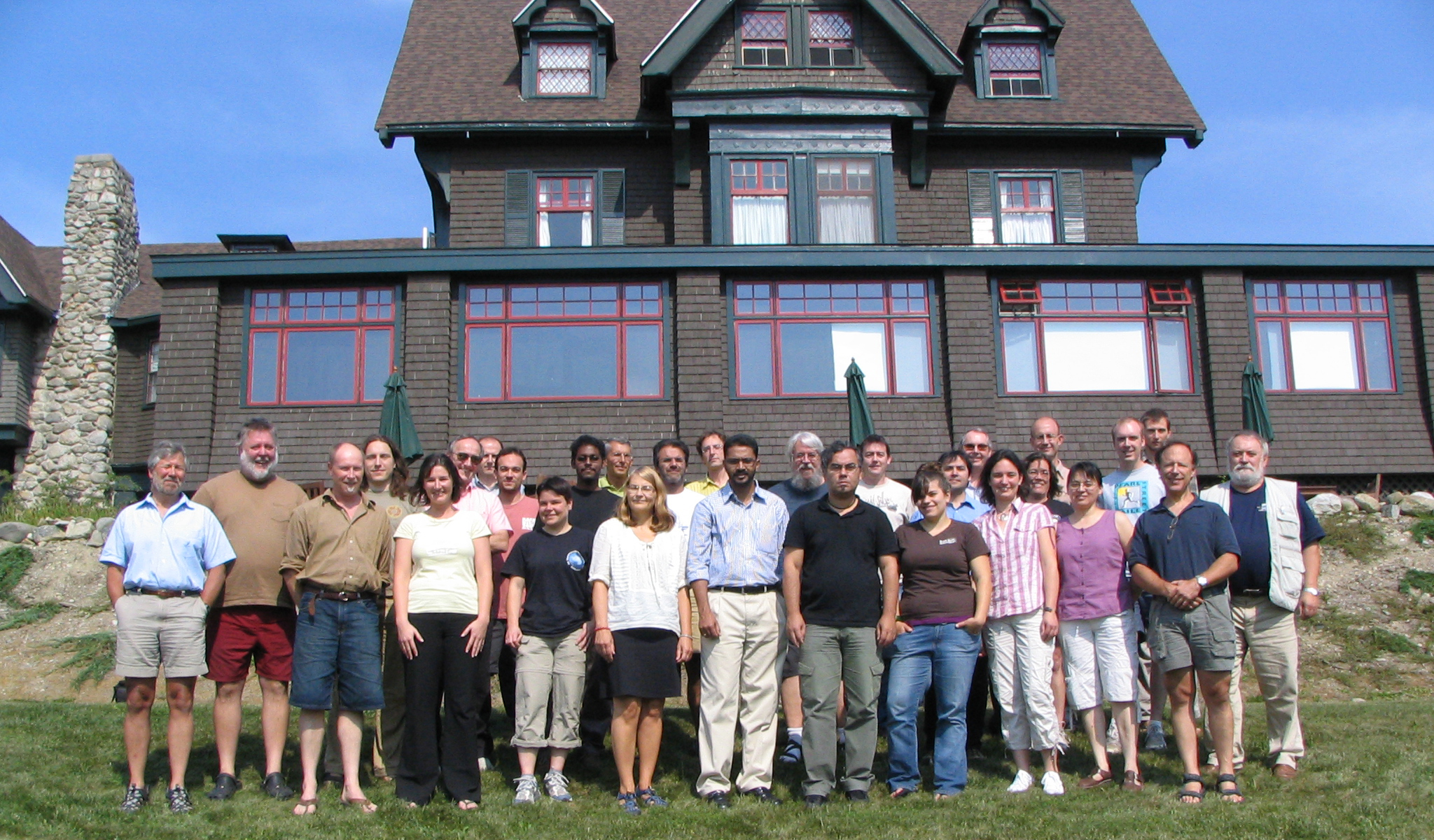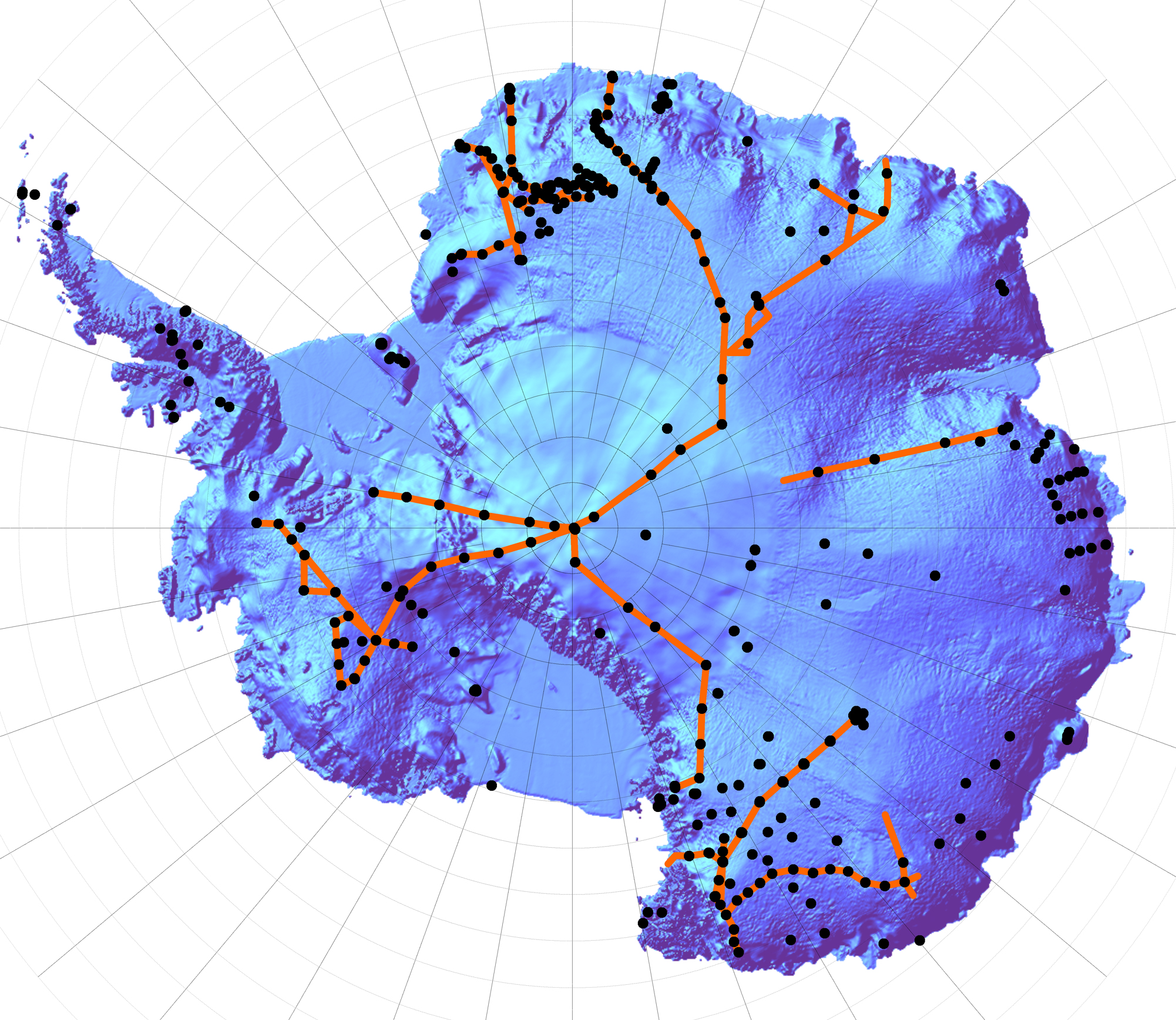
Changing global climate is forcing scientists to vigorously test the existing paradigms and to find improved evidence of how the climate system really works at various time scales. With polar regions being the pacemakers of climate change, it is imperative to gain critical knowledge on the role and response of the cryosphere system in a warming scenario. However, due to the lack of long-term instrumental climate records in remote places like Antarctica, scientists are focusing on ice core proxy climate records buried in the vast ice sheets of Antarctica that provide valuable information on climate change from interannual to millennial scales. One such multi-national effort to obtain climate archives from Antarctica is the International Trans-Antarctic Scientific Expedition (ITASE). Operating since 1990, twenty-one countries are now involved in ITASE programs to understand the impact of global change on the Antarctic continent and the influence of Antarctica on global change during the last ~200-1000+ years.
At the idyllic coastal Maine village of Castine, Prof. Paul Mayewski and his group from the Climate Change Institute at University of Maine collected 32 glaciologists, geophysicists and climate modelers to discuss and synthesize the results obtained thus far from the ITASE programs. This synthesis workshop generated many fruitful discussions on the data, and also future directions.
By combining available meteorological data from the Antarctic and Southern Ocean with firn/ice core proxies for a variety of climate parameters (e.g., moisture balance, atmospheric circulation and temperature) ITASE is actively working to extend the Antarctic climate and atmospheric chemistry records back at least ~200 years. This offers the temporal perspective needed to assess the multi-decadal variability of natural Antarctic climate.
The main focus for this workshop was to get an updated overview of newly collected firn/ice cores and available data sets. A large effort is planned to make the data available online in order to facilitate a number of synthesis products. In addition, we had a number of presentations from the participants with information both on syntheses of previously collected data and also new developments from the many participating countries. One of the important new results discovered by members of the ITASE group is that the climate of West Antarctica appears to have warmed during the last several decades.

Other interesting aspects discussed were the importance of the Southern Annular Mode (SAM) in Antarctic climate change as well as climate teleconnections related to extra-tropical systems like the El Nino Southern Oscillation (ENSO). It was also concluded that firn/ice core records should be interpreted in combination with snow Ground Penetrating Radar (GPR) surveys to ensure continuous chronology and climate data from the cores.
Based on the available data and our current state of knowledge we agreed that the following synthesis products from the ITASE community will be created in the near future:
- Temporal variability of snow accumulation using well-dated firn/ice cores with reference horizons such as sulphur peak from the eruptions of Tambora 1815 as well as the atomic bomb tests of 1964/65.
- Sea ice proxy reconstruction using a combination of sea salt and methanesulphonic acid (MSA) records from coastal ice cores around Antarctica.
- Proxy Atmospheric Reanalysis of AnTarctica (PARAT).
- Temperature reconstruction during the past 200 years using ice core proxy data.
In addition to the interesting talks and discussions, we also enjoyed an afternoon of sailing in Penobscot Bay on the polar-class schooner Bowdoin, which has sailed many times to Greenland.
ITASE is jointly sponsored by the Scientific Committee on Antarctic Research (SCAR) and the Past Global Changes (PAGES)project of the International Geosphere Biosphere Program (IGBP). The next workshop is planned to take part in connection with the SCAR meeting in Buenos Aires (Argentina) in July 2010.
For more information about ITASE, visit: http://www2.umaine.edu/itase/
